The U.S. Embassy in Mexico estimates almost 2 million Americans are currently living in Mexico.
At least 800,000 of them have a resident visa, meaning they are planning to stay long-term.
And it really is no surprise. Mexico has everything most people are looking for in a retirement haven. For example, nice weather, affordable cost of living, friendly people, good healthcare, and all kinds of towns and landscapes to explore.
But Mexico is a big country and adapting to a new culture with a different language can be intimidating.
This is why people have formed American retirement communities in Mexico. There, you can find other US Citizens who share similar experiences as you. As well as the same language.
In this guide, we’ll recommend the most popular cities and towns in Mexico for retirees. In some of these places, English is sometimes more regularly spoken than Spanish. This makes the transition to living in a different country so much easier.
There’s a town for every kind of lifestyle.
- Colonial towns for those looking for a charming and vibrant place
- Beach towns where you can just relax and go fishing
- Big modern cities full of museums and things to do
Where do most American retire in Mexico?
The largest American retirement community in Mexico is in Lake Chapala, in the state of Jalisco. The two small towns north of this lake, Ajijic and Chapala are home to many ex-pats.
Some estimates say that during winter, more than half of the people in these towns are U.S. or Canadian citizens.
While there are more Americans living in other places like Tijuana, not many people actually live there. It is in places like Chapala where retirees stay long-term to build a community.
There are many other options to choose from though.
Let’s take a look at other popular retirement spots in Mexico. Each has its own advantages and you can pick the ones that suit you the best.
In order to retire in Mexico, you do not need to become a Mexican citizen, but you will need a temporary or permanent resident visa.
American retirement communities in Mexico
San Miguel de Allende: A colonial retirement haven

There are few towns in Mexico that are as beautiful as San Miguel de Allende. The whole town has been named world’s heritage by UNESCO. As a result, the whole town has kept the architecture of a colonial town. This makes it incredibly charming and colorful.
It is located in the estate of Guanajuato, right in the center of Mexico. This makes it a strategic place for anyone looking to explore more of the country.
There are plenty of things to do in San Miguel de Allende. But the town is most famous for its surrounding vineyards, art scene, and botanical gardens.
The weather is nice almost all year round. Even during winter, the average temperature is around 73°F (23°C). The hottest months are April and May, where the average is around 86°F (30°C) but it cools downs at night.
There are about 17,000 ex-pats living in San Miguel de Allende permanently, most of them Americans or Canadians. That makes up about 10% of the total population of the town, but it always feels like there’s more due to temporary tourism.
If Spanish seems a bit intimidating to you, there are gated communities that are almost exclusively inhabited by ex-pats. Inside these, English is the norm, which eases the transition.
There are also facebook groups with thousands of members that already live there where you can get any questions you might have answered.
Mexico City: Lots of things to do in retirement
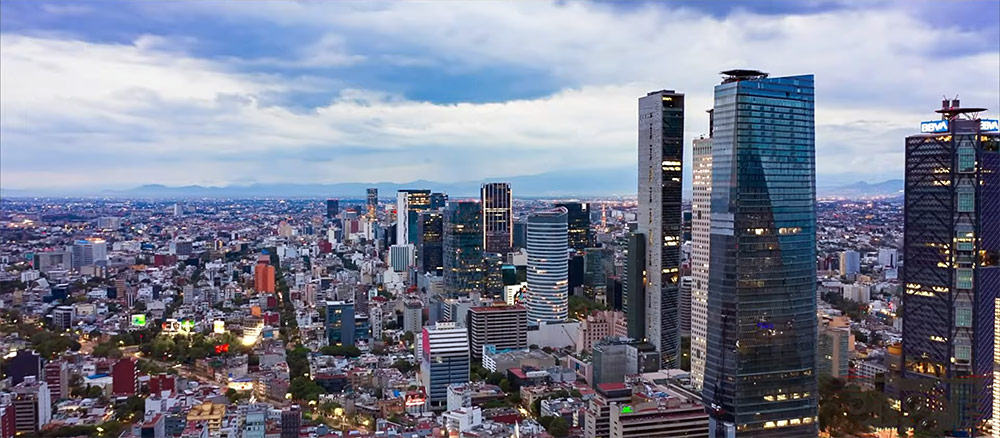
Mexico City is the biggest city in Latinamerica. Almost 10 million people live in this urban giant. Around 20,000 of them are American ex-pats with permanent residency.
The city has all the movement and activities you could want. Museums, world-renowned restaurants, sporting events, music festivals, theaters, parks, shopping malls, etc. There are people who have lived there their whole lives and still are not done exploring every corner of it. There is always something to see and do.
Despite being so urbanized, the city still holds some of the better things about living in Mexico. For example, you can find farmer’s markets all around the city open 7 days a week. In these, you can always find fresh, organic food that comes directly from the farm at a cheap cost.
Since we are talking about food – and on a personal note – Mexico city is my favorite place in the world when it comes to food options. You can find everything here for all kinds of situations. From a hole-in-the-wall that sells the most delicious “tacos al pastor” to 3-star Michelin restaurants that host chefs with international awards.
The weather in varies between seasons, but it is nice almost all-year-round. The worst part about it is really just the heavy traffic during the rain season (August-October).
The city is so big it has a variety of neighborhoods with different vibes for all kinds of tastes. For American ex-pats, the most recommended areas are Roma/Condesa if you are looking for a trendy, vibrant lifestyle. Polanco, which is upper-class and more luxurious, San Angel has a colonial feel in its architecture. Coyoacan is near all the parks and has a bohemian vibe.
Being such a big city, English is no issue here. Around 20% of the people speak it (especially the younger crowd) and those numbers go up closer to 40% in the neighborhoods mentioned above. You should have no problem finding someone to communicate with here. Still, learning a bit of Spanish is always recommended and goes a long way with the locals.
Lake Chapala (Ajijic / Chapala): The largest American retirement community in the world
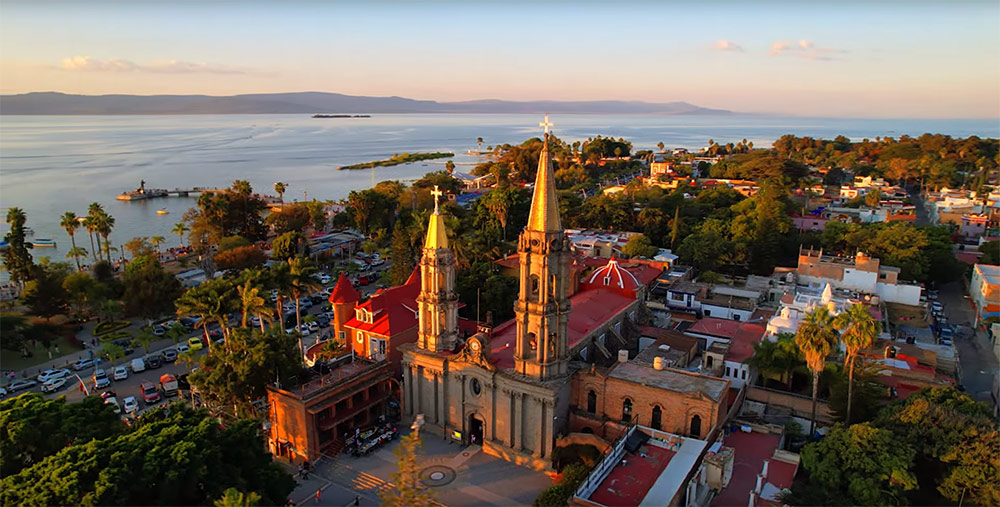
Lake Chapala is the largest American retirement community in Mexico. It is divided between two neighboring towns; Ajijic, and Chapala.
The lake is located on the border of the states of Jalisco and Michoacan. Ajijic and Chapala are located in the northern part of the lake, on the side of Jalisco. The weather is tropical and very much stable throughout the year. The daily mean in the coldest month (January) is 62°F (17°C) and 73°F (22°C) in May, the hottest month. You can expect rainfall between August and October, but it’s mostly during the afternoons.
Being so close to the coast of Jalisco, plenty of the Food in Ajijic is seafood-based. You will also find some of the specialties of the area like “tortas ahogadas”, which are subs submerged in salsa typically filled with carnitas or some other meat. In general, there is delicious food for everyone but when it comes to restaurants you might have trouble finding vegan or gluten-free choices.
Ajijic is not as developed as other places on the list. This might be good news for some people, and bad for some. It is good because it has a less touristy and more authentic feel to it. It can be bad because you will not find as many upscale services and businesses as in other places. For example, there are very limited options when it comes to gyms, spas, or golf clubs (although there is a yacht club on the lake).
This also means services like internet speed are much slower and less reliable than in other places which is a deal-breaker for many digital nomads but it might not matter as much for people looking to retire here.
The location of Lake Chapala will allow you to explore nearby areas like Guadalajara, the third-largest city in the country and homeplace of mariachis. Puerto Vallarta, a beach town that is also a popular American retirement destination (see below) is also just a few hours away by car.
There are forums and facebook groups where other ex-pats in the area get together and discuss things or answer questions.
Puerto Vallarta: Retire by the beach in Mexico
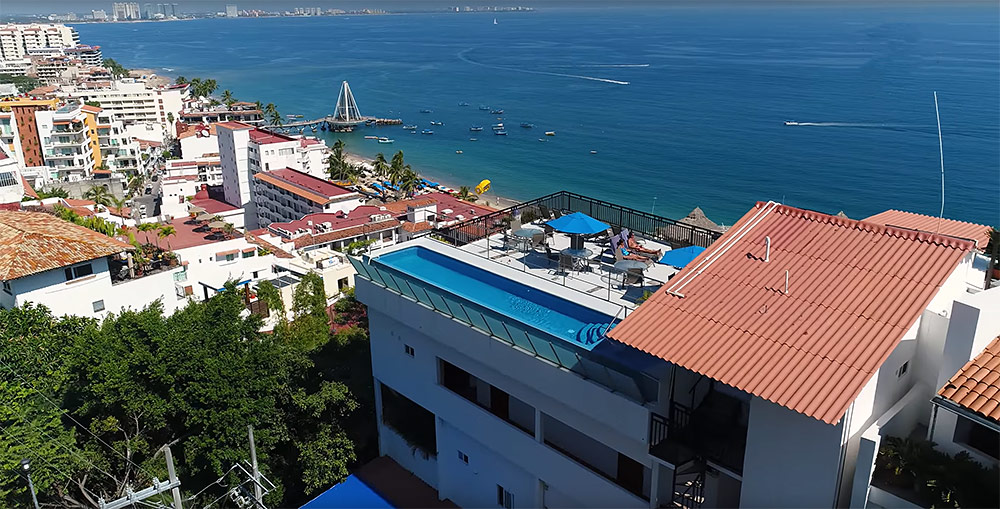
Purto Vallarta is also located in the estate of Jalisco. Between it and Lake Chapala, it is no surprise this is the state with the highest concentration of retirees in Mexico. There are more than 67,000 ex-pats living permanently in Jalisco. Most of them come from the US and Canada.
Puerto Vallarta is the more touristy out of all the destinations that made this list. Here you will find big hotels and resorts, active nightlife, and an immense amount of restaurants. You could eat at a different place every day and it would take you decades to try them all.
Despite this, the “town” part of Puerto Vallarta has managed to keep some of its charm. It is a few minutes away from the coast, but it still has a bit of a colonial feel. And this is where the American retirement communities have grown.
The climate is hot all year round with a rainy season between July and September. The average temperature in January, in the middle of Winter is 80°F (26°C). During Summer, expect averages of mid 80s getting close to the 90s. Perfect weather for a Piña Colada or Coconut water served straight in the coconut.
Due to its popularity as a tourist destination, this city is more expensive than other towns in Mexico. But depending on your point of view and situation, it can still seem affordable for an American.
This also means during the high season (spring and summer breaks), Puerto Vallarta can get very crowded.
On the good side of things, this makes it one of the easier places if you don’t speak Spanish. A lot of restaurants have menus in English and there are plenty of signs in both languages.
Playa del Carmen: Retire in the Mayan riviera
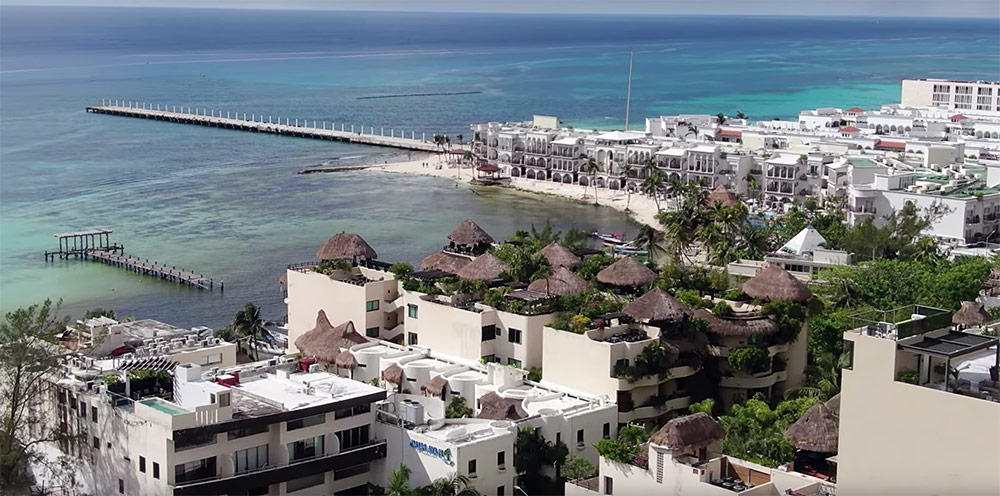
Mexico is full of beautiful beach towns. It is no coincidence a lot of them have become popular retirement destinations. Here’s another option if want to be closer to the Mayan riviera.
Located in the Yucatan Peninsula, Playa del Carmen (Carmen beach) is one of the many towns in the coastal strip known as Mayan riviera. But unlike the more touristy destinations like Tulum and Cancun, this smaller town is a much more charming and affordable spot. This has made it a favorite amongst retirees.
Playa del Carmen has a more laid-back, bohemian vibe than other nearby towns. And yet, it has a relatively large population of more than 300,000 people.
There are many residential areas that have popped up in the past two decades. Some of these developments and gated communities have been inhabited almost exclusively by ex-pats. As a result, you might find some practices that are not as popular in Mexico, like homeowners associations.
The Mayan riviera is just amazing if you are into ecotourism. You will find everything, from quiet activities like fishing to extreme sports. Visiting the nearby Mayan ruins and nature reserves is also just a few minutes away by car.
The weather is exactly what you would expect. Hot, tropical, and occasionally windy. The average temperature in Winter is 73°F (22°C). In the summer months, temperatures can reach highs of 90°F (33°C) so expect warm nights. Hurricane season is between September and October and while they are mostly harmless, every 10 years or so the area gets a big one.
An estimated 16,000 American ex-pats live in Playa del Carmen, but dues to tourism, the actual number of English-speaking people is much higher.
Check out the local facebook groups to learn more about the experience from people who are already there.
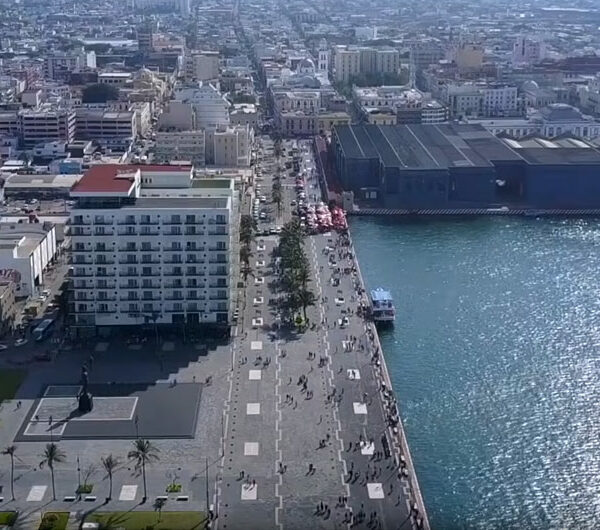

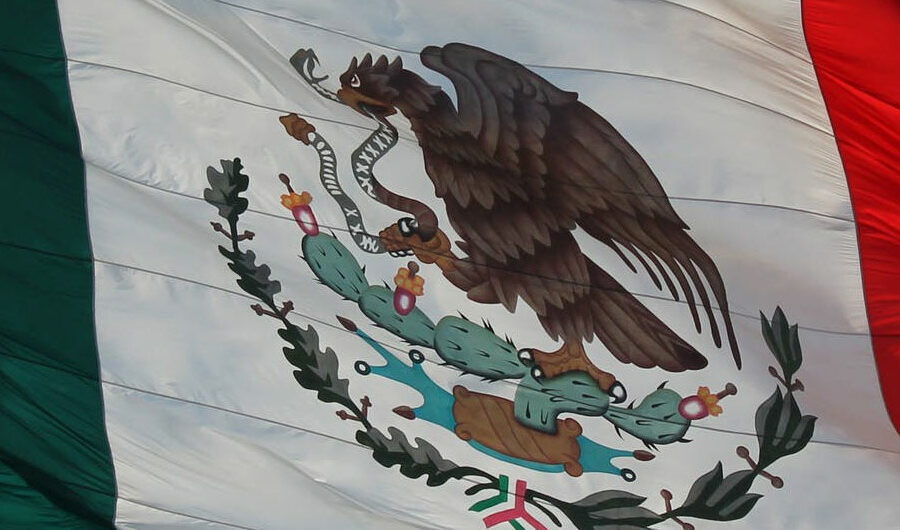
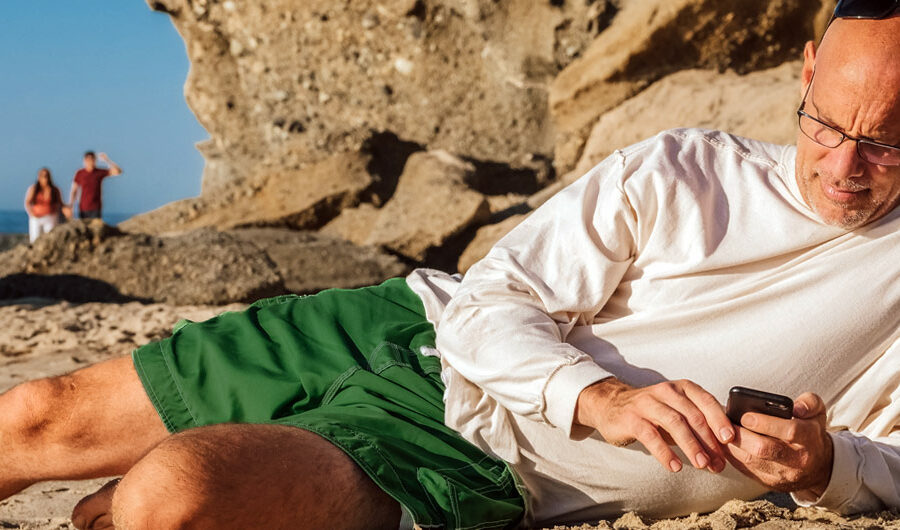
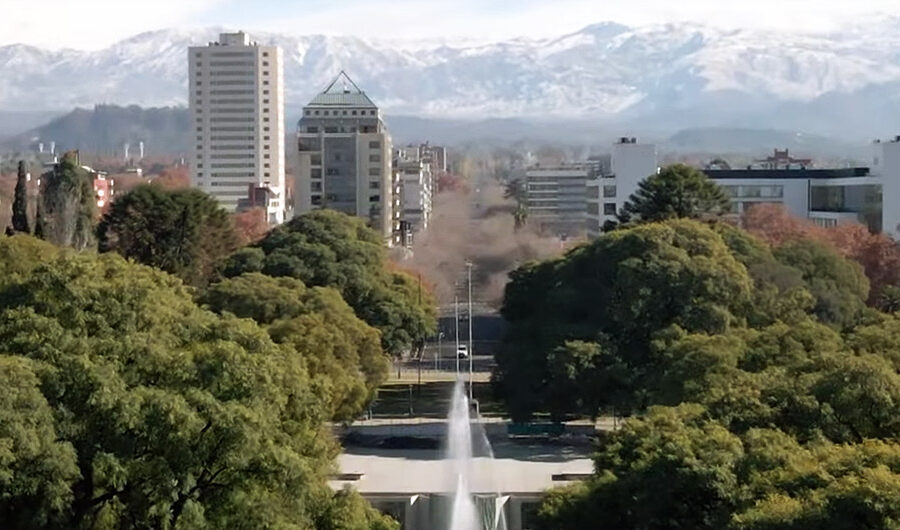
Leave a Comment